1. Mesopotamian Bread and Barley Stews
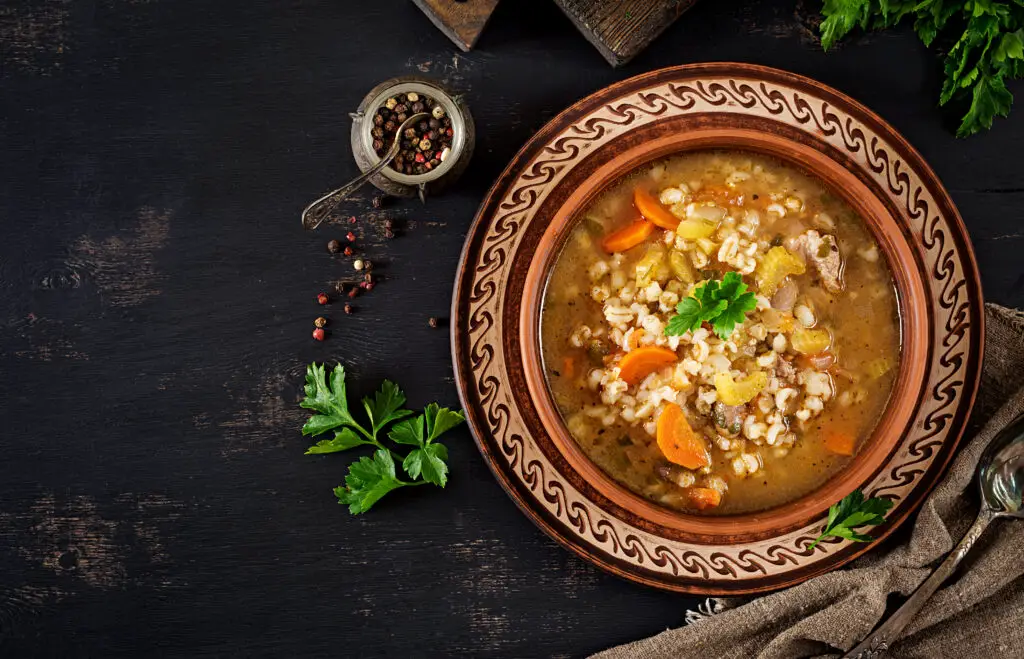
If you’ve ever had a hearty barley soup on a chilly day, you have ancient Mesopotamia to thank. These early civilizations were some of the first to cultivate grains like barley and wheat, which they used to make flatbreads and thick stews. Their meals often centered around simple ingredients, but they knew how to bring out flavor using leeks, onions, and garlic. Cooks also relied on dates and herbs for a bit of sweetness or depth in their dishes. What’s surprising is that they had cookbooks inscribed on clay tablets—talk about old-school recipes shares BBC.
They didn’t have ovens as we know them, but they baked bread in dome-shaped clay ovens or even over open flames. While we might use olive oil, they used rendered animal fat for richness. Their focus on grains laid the groundwork for how we see bread as a mealtime staple. Even today, when you tear off a piece of rustic bread and dip it into soup, you’re echoing a practice from thousands of years ago adds Open Culture.
2. Ancient Egyptian Lentil Dishes
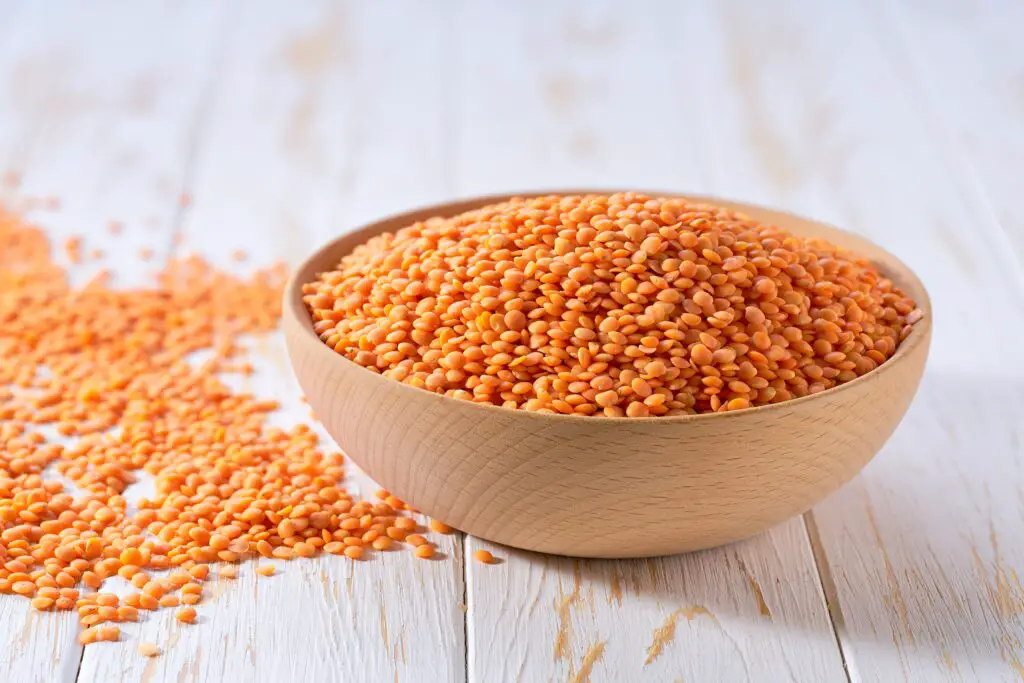
The Egyptians were big on lentils—so much so that lentils were found buried in tombs. They weren’t just filler food either; lentils were a source of protein for everyone from peasants to pharaohs. You’d find lentils stewed with garlic, onions, and cumin, creating a simple but nourishing dish that feels oddly modern. Sometimes they’d mix in flatbread or dip bread into it, which sounds a lot like today’s Mediterranean mezze shares Saveur.
One of their most interesting habits was using garlic and onion for both flavor and supposed health benefits. If you’ve ever had a lentil salad or soup spiced with cumin or coriander, you’ve tasted echoes of Egyptian kitchens. The concept of meatless meals being hearty and complete was something they practiced centuries ago. Lentils weren’t just food—they were an essential part of daily life and spiritual belief explains Eater.
3. Minoan Seafood Platters
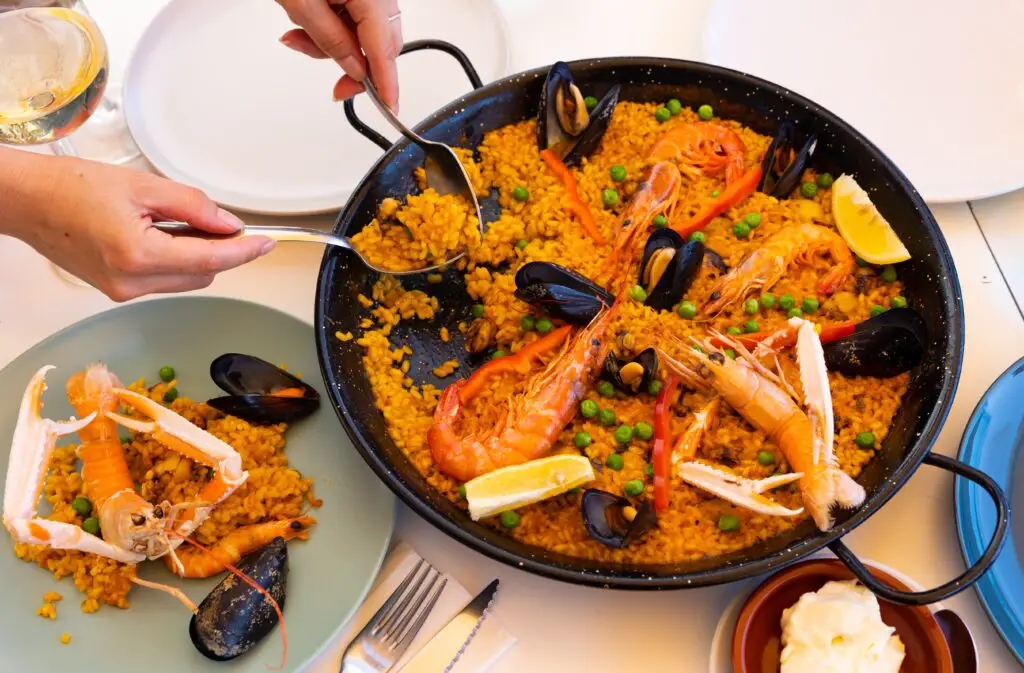
Living on the island of Crete, the Minoans had access to an abundance of seafood, and they didn’t let it go to waste. They feasted on octopus, squid, mussels, and fish, often grilled or preserved in olive oil and salt. Their love of the ocean shows up in their art, which depicts seafood and marine life frequently. Think of the last time you ordered grilled octopus at a Greek restaurant—you’ve basically stepped into a Minoan dining experience.
They balanced seafood with local produce like olives, figs, and wild greens, often seasoning meals with aromatic herbs. They even had an early form of garum, a fermented fish sauce that added umami, much like Southeast Asian fish sauces today. Their diet was naturally Mediterranean before that was even a trend. It’s easy to picture them enjoying a seaside meal, just as we might on vacation.
4. Persian Fragrant Rice and Herb Dishes
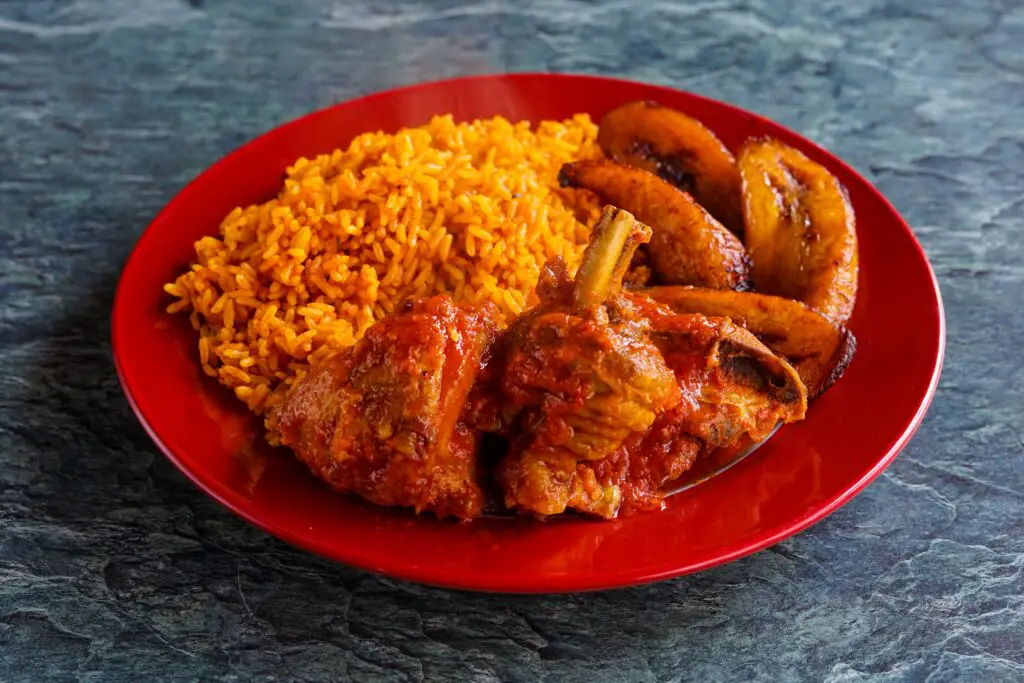
Persian cuisine from ancient times was filled with fragrant rice, tart fruits, and a rainbow of herbs. Pilaf-style rice dishes were common, often layered with dried apricots, barberries, or nuts. Fresh mint, dill, and parsley gave their meals an aromatic lift, and saffron—then and now—was the prized jewel of their spice cabinet. These flavors created dishes that felt luxurious and layered without being heavy.
Today’s jeweled rice or sabzi polo owes everything to these early culinary innovations. Their clever balance of sweet, sour, and savory flavors lives on in Persian and Middle Eastern menus around the world. Even yogurt-based sauces and drinks can trace their roots to these ancient tables. There’s something deeply satisfying about how they used simple ingredients to create meals that felt like feasts.
5. Roman Garum and Sauced Meats
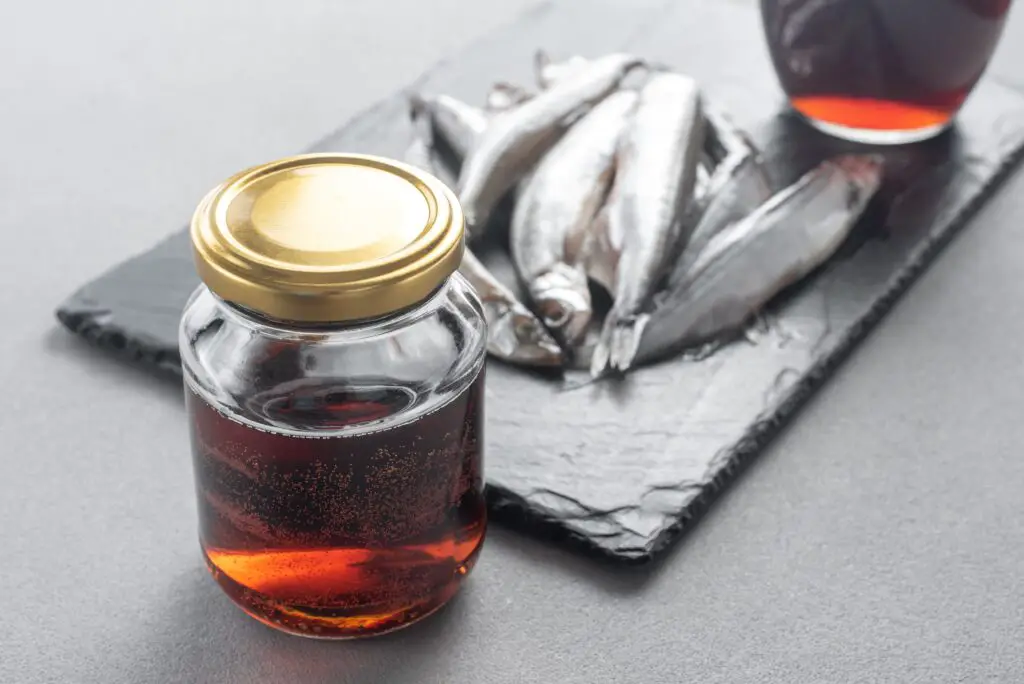
The ancient Romans were obsessed with sauces—especially garum, a fermented fish sauce they put on almost everything. It was their version of ketchup, though maybe not one you’d want on fries. They also loved to slow-cook meats in wine, vinegar, honey, and herbs, creating rich, flavorful dishes that wouldn’t be out of place at a gourmet restaurant today. Pork was a favorite, and they even had recipes for meatballs and stuffed dormice.
If you enjoy braised short ribs or meat cooked in wine reductions, you’re following a Roman tradition. Their dining was often about excess and entertainment, but they also mastered flavor balance. Even their love of plating and food presentation has echoes in modern fine dining. While we might skip the dormice, the essence of Roman flavor-making lives on.
6. Ancient Indian Spiced Legumes

Before curry powder became a pantry staple, Indian cooks were blending spices for dal—stewed lentils that are still a cornerstone of the cuisine. Turmeric, mustard seeds, cumin, and asafoetida were commonly used, and ancient texts describe food as medicine. Meals were deeply tied to Ayurveda, a holistic health system that dictated which foods worked best for your body type and the seasons. It wasn’t just cooking—it was a philosophy.
These ancient meals were simple but powerful. They didn’t rely on meat but still provided rich nourishment, flavor, and comfort. Modern Indian meals still center legumes, rice, and flatbreads, just as they did thousands of years ago. The way Indian food layers spices rather than just heat is a technique rooted in deep history.
7. Mayan Tamales and Corn-Based Meals
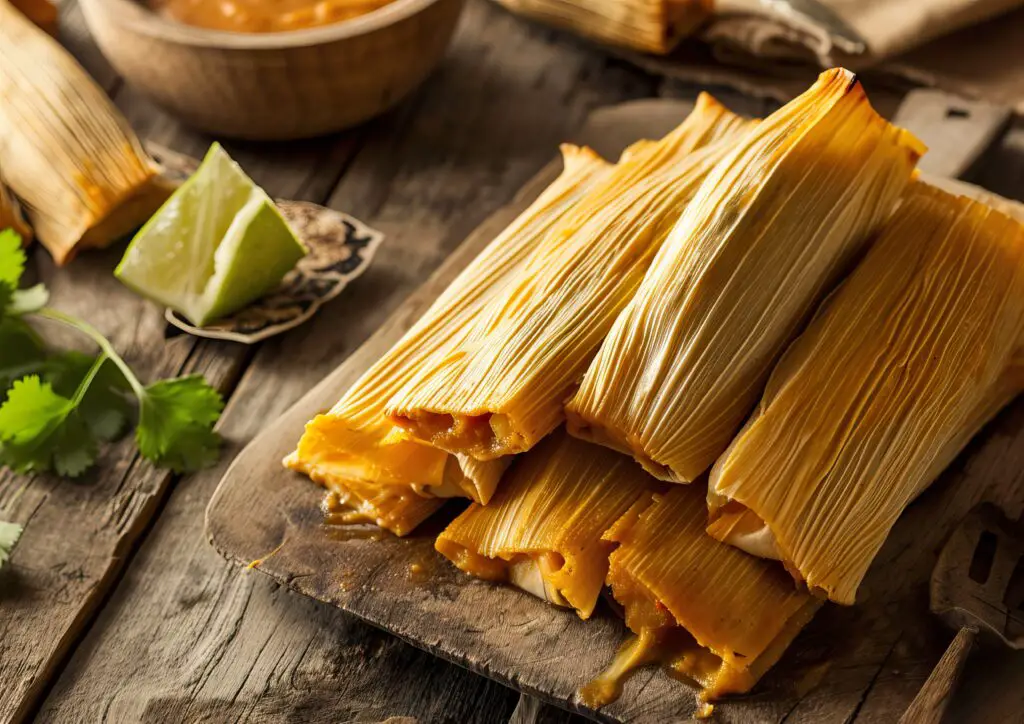
Corn was the heart of Mayan cuisine, and tamales were one of their prized dishes. They ground corn into masa and wrapped it in banana leaves or corn husks, steaming it with meats, beans, or vegetables. Tamales were portable and versatile—perfect for festivals, offerings, or everyday fuel. The Mayans believed corn was sacred, and their mythology even claimed humans were made from corn.
If you’ve had tamales at a family gathering or festival, you’re taking part in something ancient. The flavors might have shifted, but the preparation method remains remarkably unchanged. They also made corn drinks, tortillas, and porridge, showing just how creative they were with one staple crop. The cultural and culinary value of corn can be traced straight back to them.
8. Incan Quinoa Bowls
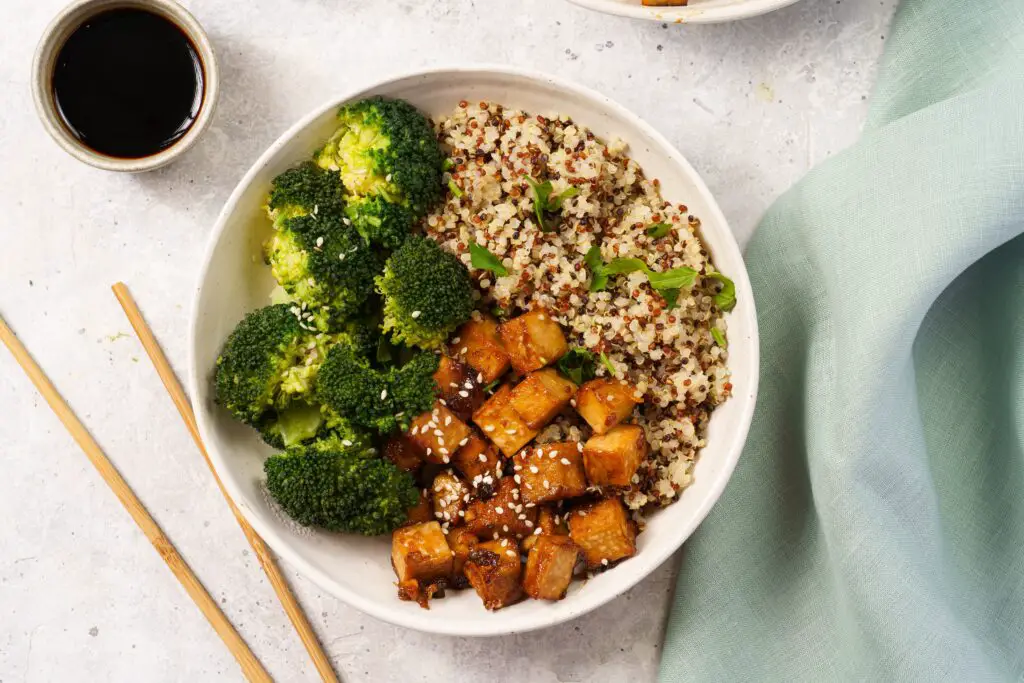
Long before quinoa became a health food superstar, the Incas were growing and eating it high in the Andes. They referred to it as the “mother grain,” and it was vital for nourishing soldiers and farmers. Quinoa was often boiled with potatoes and herbs, or ground into flour for bread-like cakes. Alongside this, they raised guinea pigs and used native herbs for seasoning.
The Incas didn’t use much salt but relied on the natural flavors of their produce and meats. Their meals were simple but nutrient-dense, supporting life in extreme conditions. Today’s quinoa bowls loaded with veggies, protein, and herbs are a pretty direct evolution of their dishes. When you dig into one, you’re tasting resilience and innovation from centuries ago.
9. Chinese Han Dynasty Dumplings
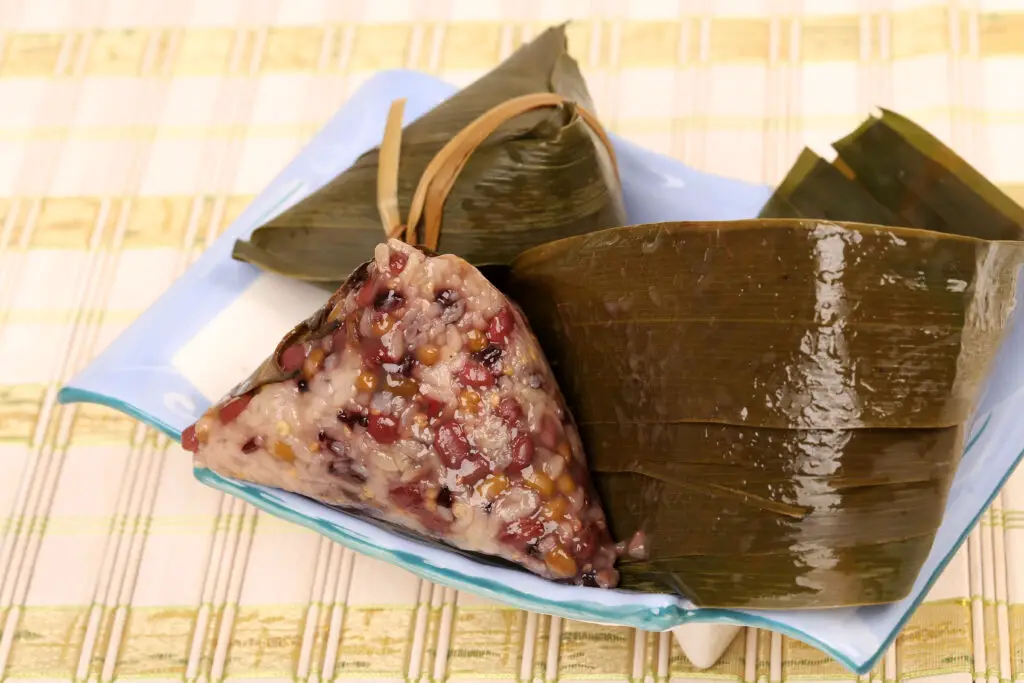
During the Han Dynasty, Chinese cooks began creating early versions of dumplings. These dough pockets were filled with ground meat and vegetables and steamed or boiled, often eaten during festivals or shared with family. They symbolized wealth and good fortune, shaped to look like little coins. The combination of chewy wrapper and savory filling has never gone out of style.
Modern dumplings—from gyoza to wontons—owe their roots to these ancient recipes. They were a practical way to stretch ingredients and make them feel special. Dipping sauces with vinegar, soy, and ginger were already in use, creating that irresistible flavor contrast we still crave. Eating dumplings is more than a snack—it’s sharing in an ancient comfort.
10. Aztec Chocolate-Based Sauces

Chocolate in its early form wasn’t sweet—it was earthy, bitter, and sacred. The Aztecs used cacao in ceremonial drinks and also in cooking, blending it with chili peppers, seeds, and spices to create complex sauces like mole. These weren’t desserts but savory companions to turkey, fish, or vegetables. They prized cacao so much that it was used as currency.
Today’s mole sauces keep that tradition alive, combining chocolate with heat, nuts, and spice in a flavor bomb that hits all the senses. It’s not your average sauce, and that’s the point—it’s meant to feel special. The Aztecs believed food connected them to the gods, and meals were spiritual as much as physical. Every rich, chocolaty bite carries that legacy forward.
11. Viking Smoked Fish and Fermented Foods
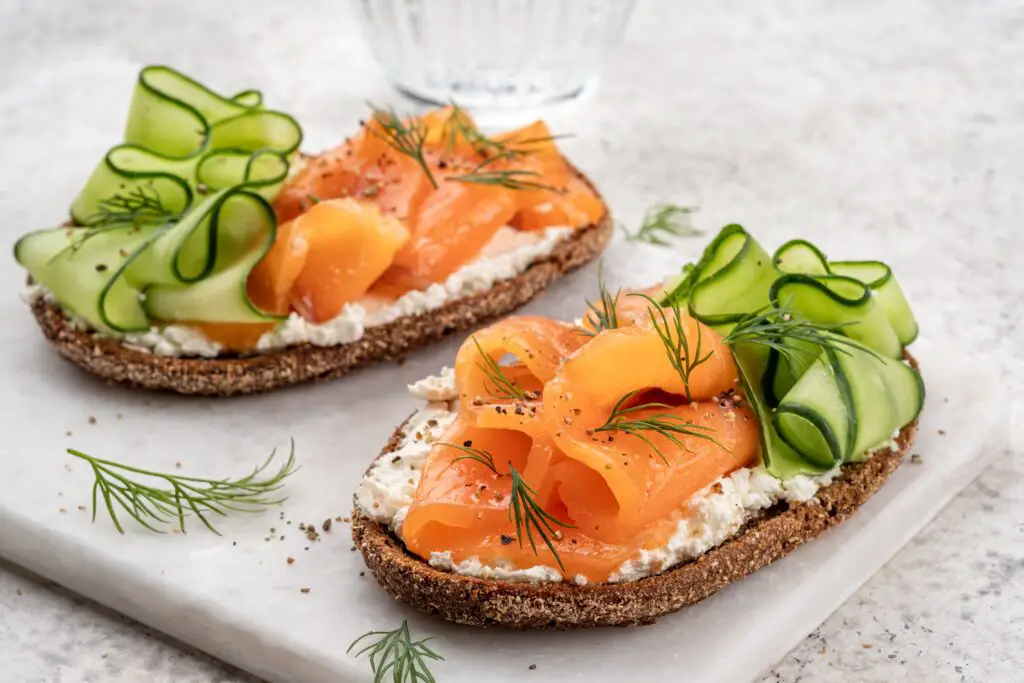
The Vikings didn’t just pillage—they preserved. Living in cold climates, they relied on smoked fish, fermented vegetables, and dried meats to survive long winters. Salmon and herring were staples, often smoked over open fires and served with grains or root vegetables. They also brewed their own mead and crafted flatbreads using coarse grains.
Fermentation was key—not just for flavor, but for health and storage. Their earthy, smoky meals were deeply satisfying and full of character. If you’ve ever enjoyed smoked salmon on rye or pickled veggies on a sandwich, you’re tapping into Viking food wisdom. They turned necessity into flavor, and that tradition continues in northern cuisine.
12. Etruscan Olive Oil and Herb Dishes
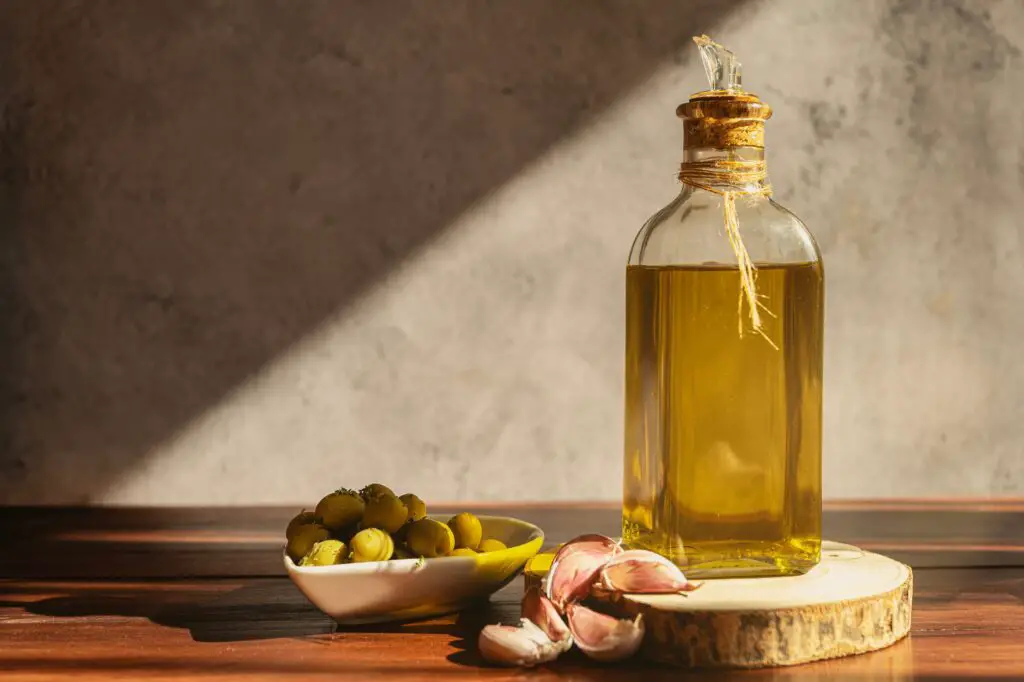
The Etruscans, who lived in Italy before the Romans, were big fans of olive oil, herbs, and fresh produce. They grilled vegetables, tossed them in oil, and added wild herbs for simple yet sophisticated dishes. Chickpeas, leeks, and bitter greens showed up often on their plates. They understood balance—nothing was overdone, but everything had purpose.
Much of their food philosophy influenced Roman and later Italian cooking. When you drizzle olive oil over roasted vegetables or enjoy a garlicky bean stew, you’re echoing their meals. They respected their ingredients and let them shine. It’s a kind of culinary mindfulness that still resonates in kitchens today.
13. Hittite Lamb and Pomegranate Dishes
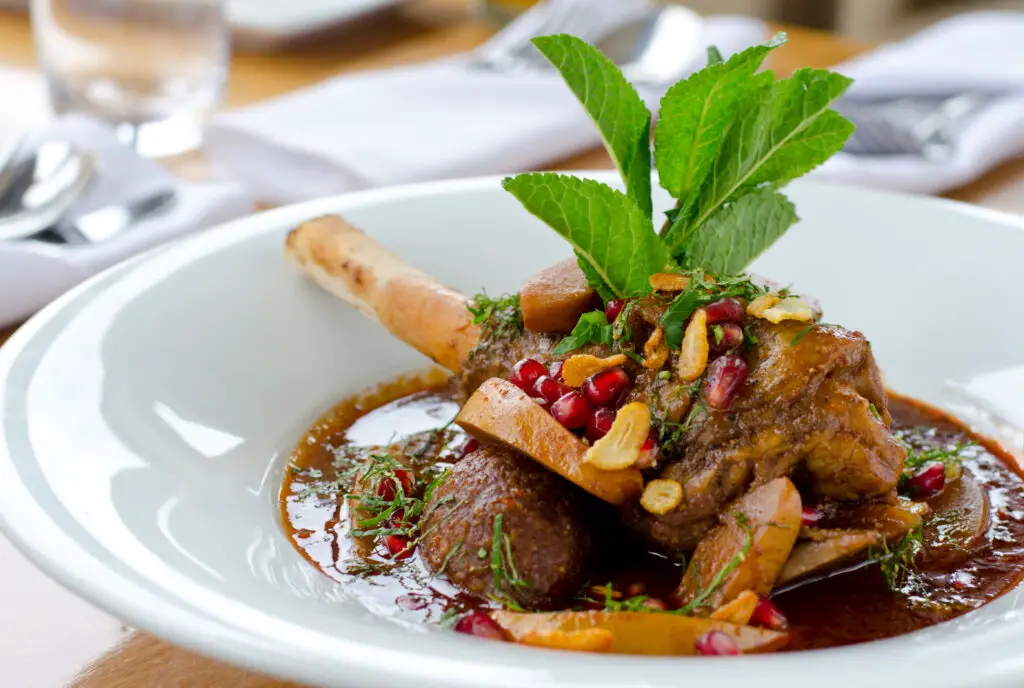
In ancient Anatolia, the Hittites loved cooking with lamb, fruits, and regional spices. One of their signature combinations involved lamb stewed with pomegranate molasses and herbs—a sweet and savory delight. They also used nuts, grains, and legumes to round out their meals. Their clay tablets even listed recipes and banquet menus, showing their love for good food.
This blend of meat and fruit was a bold flavor move that still appears in Middle Eastern cuisine. If you’ve ever had lamb with apricots or chicken with dates, thank the Hittites. Their sense of culinary adventure laid the groundwork for some of the world’s most celebrated flavor profiles. They were never afraid to mix the unexpected.
14. Phoenician Pickled and Preserved Foods
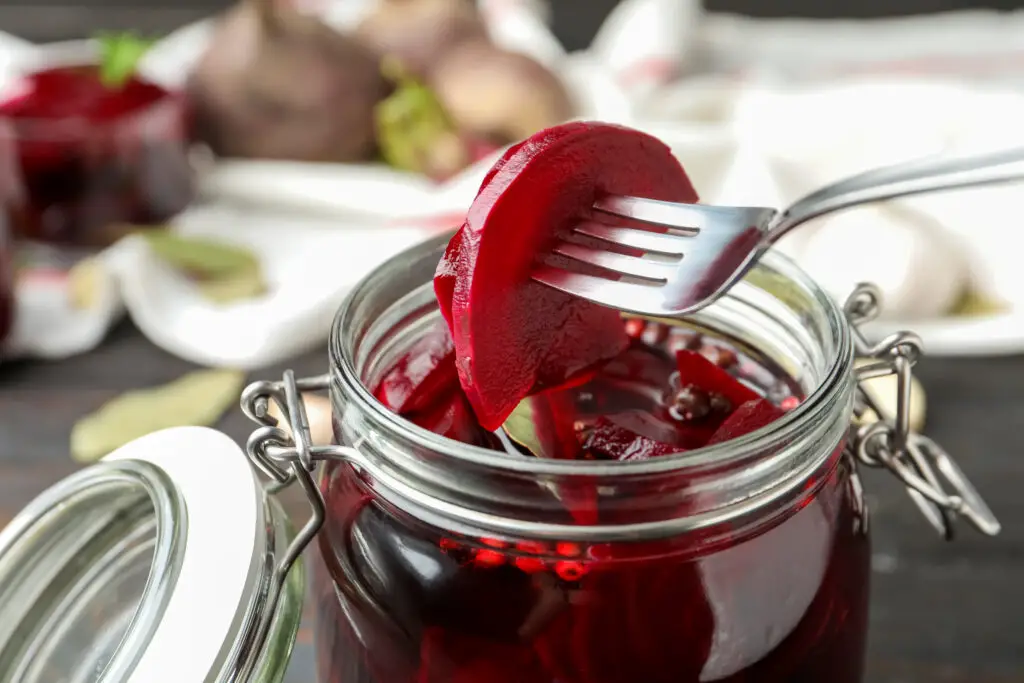
The Phoenicians were seafarers, and that meant they needed food that could last. Pickling and preserving were crucial, and they became masters of cured fish, olives, and dried fruits. They traded these items far and wide, influencing the food cultures of the Mediterranean. Salt was a valuable tool and became a flavor booster as well as a preservative.
These preserved foods eventually made their way into other cuisines—think anchovies in pasta or olives on charcuterie boards. The Phoenicians also used vinegar and citrus to keep things fresh, ideas that still hold up today. They may not have left behind many cookbooks, but their legacy is in every tangy bite. Their pantry was built for travel and taste.
15. Babylonian Fruit and Nut Desserts

Babylonian cooks knew how to end a meal with something special. They loved combining dates, figs, nuts, and honey to create chewy, sticky sweets. These treats didn’t require ovens—just a fire, a pan, and patience. They’d often roll them into balls or press them into cakes, sometimes flavored with cinnamon or sesame seeds.
These early desserts were nutritious and indulgent all at once. If you’ve had date balls or nut bars at a health store, you’ve tasted something remarkably close. Sweetness wasn’t everywhere in their meals, which made desserts even more exciting. They appreciated the natural flavors of fruits and used them to celebrate.
